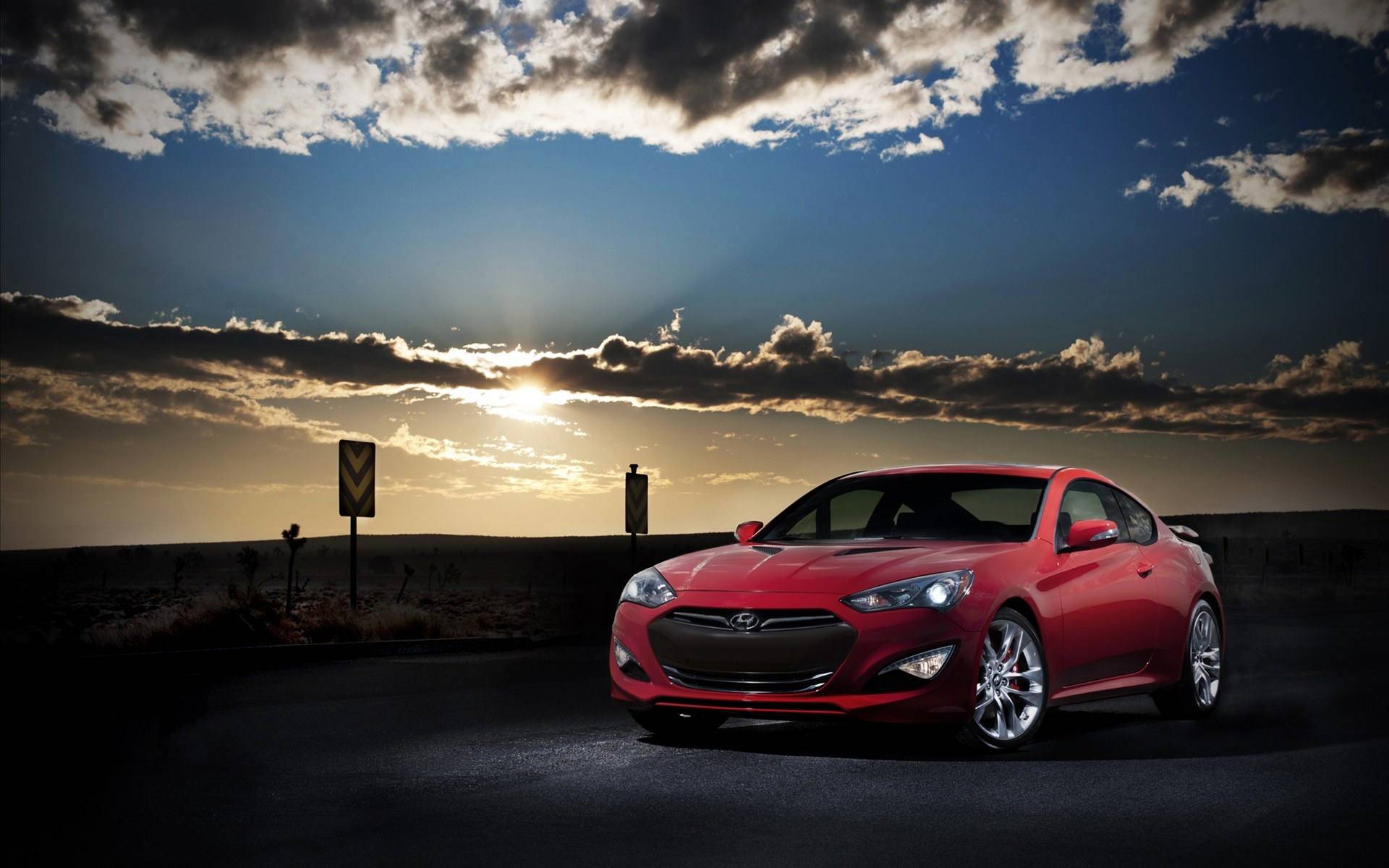1 15 - 16
Apple Tv Screensavers For Windows
After enabling both, you’ll be able to see the stream on your Apple TV. As now we have the photo stream with us, we can now set them as a screensaver. Go to Settings → General → Screensaver on your 4 th Generation Apple TV. For older Apple TV, you’ll need to go to Settings → Screen Saver → Photos. Your Apple TV displays a screen saver after it's idle for a certain number of minutes. You can start the screen saver at any time. Just go to the top-left corner of the Home screen on your Apple TV and press the Menu button on your Apple TV Remote.
Apple Tv Screensaver Download
Since I first wrote this blog I have had a lot of people contact me to thank me for settling arguments they have been having with their spouses and friends about whether the Apple under the sea screensavers are real. So for anyone that has come here to settle an argument or bet… The Apple ‘Under the Sea’ screensavers are real! Read on for more details on my involvement in this super-interesting project.
In 2019 I had one of my most interesting and challenging natural history projects. To film a new set of ‘Under the Sea’ screensavers for Apple TV. Apple commissioned the BBC’s Natural History Unit to produce a set of these screensavers from diverse underwater ecosystems. Working with the production team from Bristol; myself and Roger Horrocks were brought in as the principal cinematographers. As Directors of Photography we were involved from the very start of the project as we honed in on solving the manytechnical, creative, and logistical issues that come with attempting to film 2-3 minute long, ultra-steady, tracking shots underwater. On the land and in the air this has been typically done using Cineflex or Shotover gimbals mounted on helicopters, boats or cars. You can read more about Phil Holland’s experience filming these on his blog. We filmed the underwater screensavers on Red DSMC2 Helium cameras at resolutions of up to 8K.

This was a unique project in terms of the challenges it presented to our team. Trying to emulate the style of the aerial images but with far less technology and grip and (most importantly) with moving animals rather than static landscapes was extremely tough. Our average shoot duration was around 2-3 weeks and we generally were targeting coming home with anything from 1-3 shots in that period of time. Compared to my work on landmark natural history productions like Blue Planet II (which you can read about on my blog) it was incredibly binary. What do I mean by that? Well, typically on location we are trying to tell a story through say 50-100 shots that we will pick up over the course of the shoot. Every day I am collecting useful material and achieving something. Shooting for the screensavers we were only after that one magical shot. So it was success or failure every day. One’s or zero’s. I think a good analogy is stepping up to the tee and repeatedly trying to hit a hole-in-one until you either get one or it gets dark. That was tough mentally as I could find myself a week or more into a shoot without a single ‘keeper’ to show for all our hard work. Luckily for me, each individual shoot was researched and planned to perfection by the team at the BBC NHU in Bristol, to give us the very best chance of success, and we managed to prevail on every shoot we attempted.
A post shared by Roger Munns (@roger.munns) on
As of 1st February 2020 Apple have released 20 underwater screensavers (cameraman and location in parentheses) – as follows:
- Barrucada (Roger Munns – Sipadan, Malaysia)
- Bumphead Parrot Fish (Roger Munns – Sipadan, Malaysia)
- Californian Kelp Forest (Roger Horrocks – California)
- Coral Plan View (Roger Munns – Red Sea, Egypt)
- Golden Cownose Rays (Roger Munns – Mexico)
- Gray Reef Sharks (French Polynesia)
- Humpback Whale – (French Polynesia)
- Jacks (Roger Munns – Sipadan, Malaysia)
- Kelp Forest (2) (Roger Horrocks – South Africa, California)
- Moon Jellies (2) (Roger Horrocks – Alaska)
- Coral Reef (Roger Munns, Palau)
- Jellyfish, Golden (3) (Roger Munns, Palau)
- Sea Stars (Roger Munns – Kapalai, Malaysia)
- Seals (Roger Horrocks – South Africa)
- Spinner Dolphins (Roger Horrocks – Costa Rica)
- Wave Breaking (2) (Chris Bryant – Tahiti)
There were some absolutely incredible locations, such as the jellyfish lake in Palau where I was completely surrounded by thousands of harmless jellyfish, or Sipadan where I lost myself in a school of jacks that could have filled a house. For me though, the standout shoot was filming the cownose rays in Mexico. I really tried to capture the feeling of ‘flying’ with this fever of around 1000 rays. I wanted the viewer to almost feel like he or she was one of them, completely immersed as they gracefully and gently cruised through the blue. Hopefully I achieved that but I would love to hear feedback and thoughts from any people that have watched these screensavers. You can get me on instagram (roger.munns) or through my contact form.
Thanks to all the location crew around the world whose hard work helped us achieve some stunning results. Details on how to access the screensavers can be found on Apple’s support page. If you don’t have an Apple TV you can watch them online here (There seems to be some issue with chrome so try using another browser if necessary).

Executive Producer: Mike Gunton
Series Producer: Jonathan Smith
Producer: James Hemming
AssistantProducer: Ruth Harries
ProductionManager: Whendy Sierra
ProductionCoordinator: Lucy Naden, Megan Hobba
Photos
See all photos >>
Here is the report from macrumors on the release of the new screensavers:
Fourth and fifth-generation Apple TV owners who have upgraded to tvOS 13 now have access to a series of under the sea themed screen savers on the device, which are a new addition in the latest update.
The screen savers were created in partnership with the BBC Natural History unit, the team behind “Blue Planet,” showing off the deep ocean around the world with under the sea creatures and scenes that include fish, coral, kelp, jellyfish, and more.
There is no way to download all of the screen savers at once, as the Apple TV only supports Daily, Weekly, or Monthly downloads. You can adjust how often screen savers download by opening up the Settings app on the Apple TV, going to General, and selecting the “Screen Savers” option.
While there’s no way to see all of the screen savers from Apple until they’ve been downloaded over a series of days, 9to5Mac’s Benjamin Mayo maintains a website that showcases all of Apple’s screen saver options.
Apple Tv Screensaver Videos
Screen savers are high resolution and are somewhere around 950MB in size. Apple has been offering its Aerial screen savers for years and has been adding to its collection with each tvOS update. Last year’s tvOS 12 update brought screen savers created in collaboration with the International Space Station and NASA.
Screen savers come on after a set period of time of idleness on the Apple TV, but pressing the Menu button while on the Home screen of the Apple TV will cause a screen saver to start playing automatically.
A tap on the remote provides information on where a screen saver was filmed, while a swipe left or right will change the screen saver that’s displayed if multiples are downloaded. Apple’s support document on screen savers has further instructions on how they work.
Apple Tv Screensaver Photos
1 15 - 16